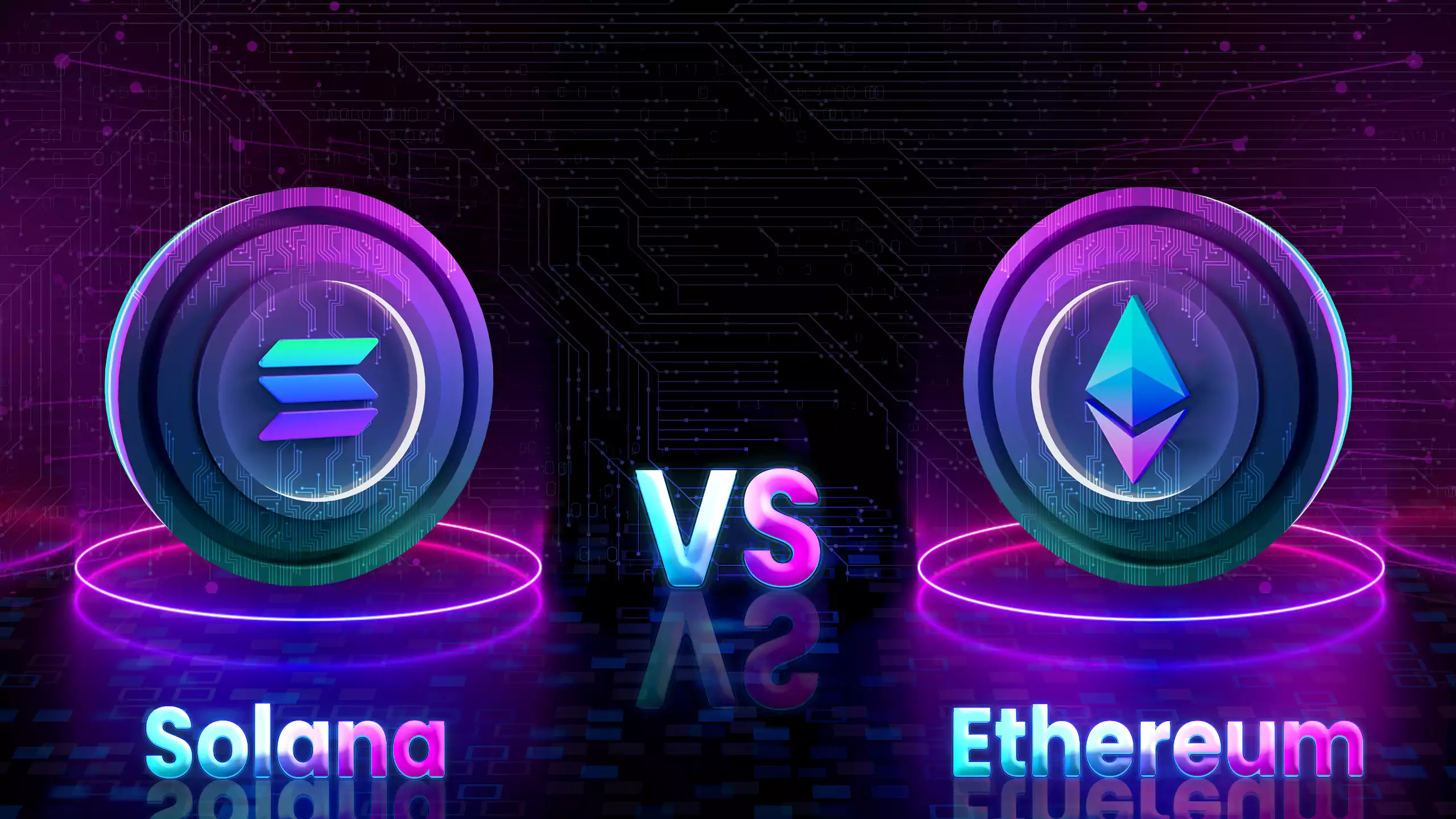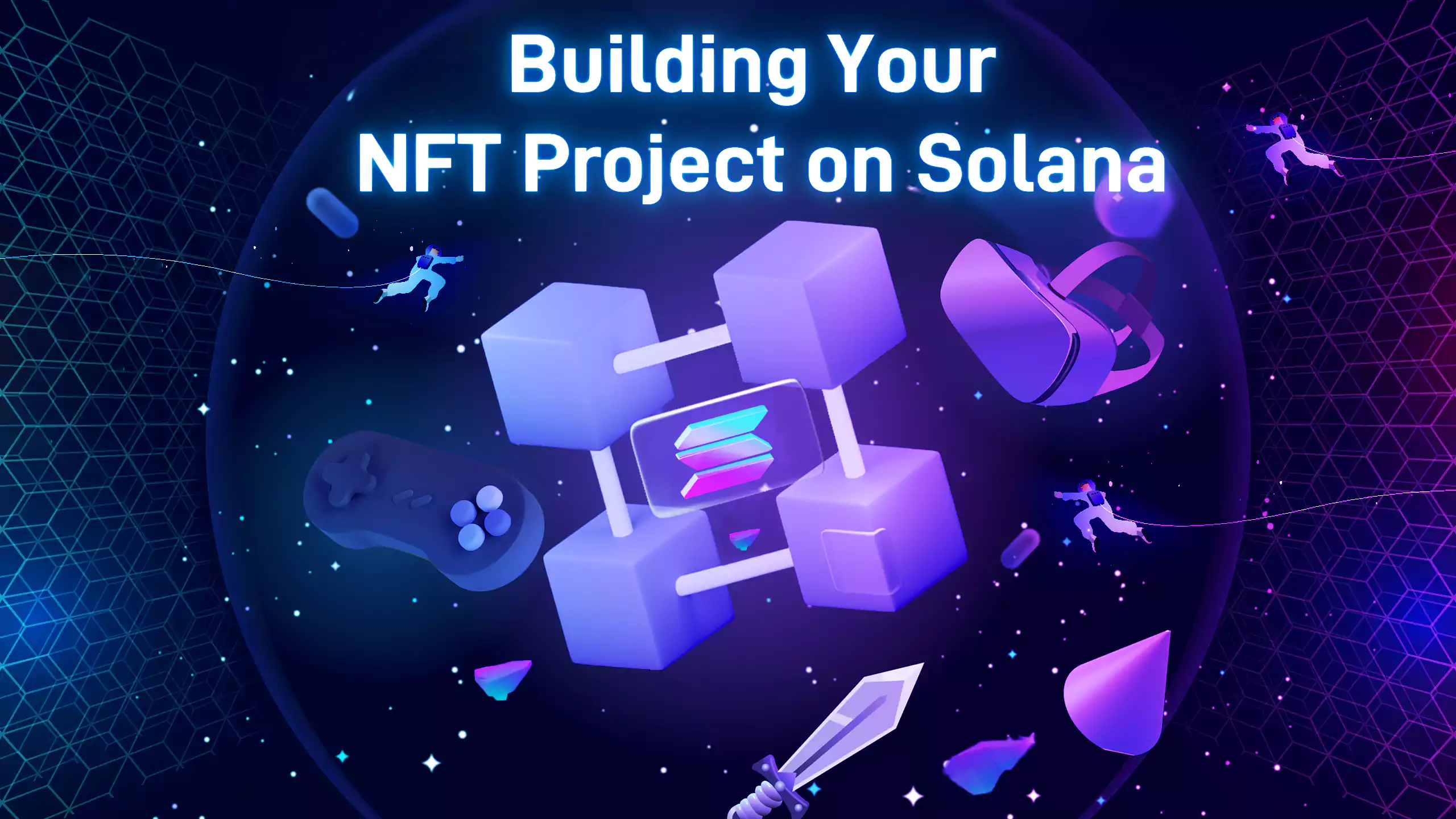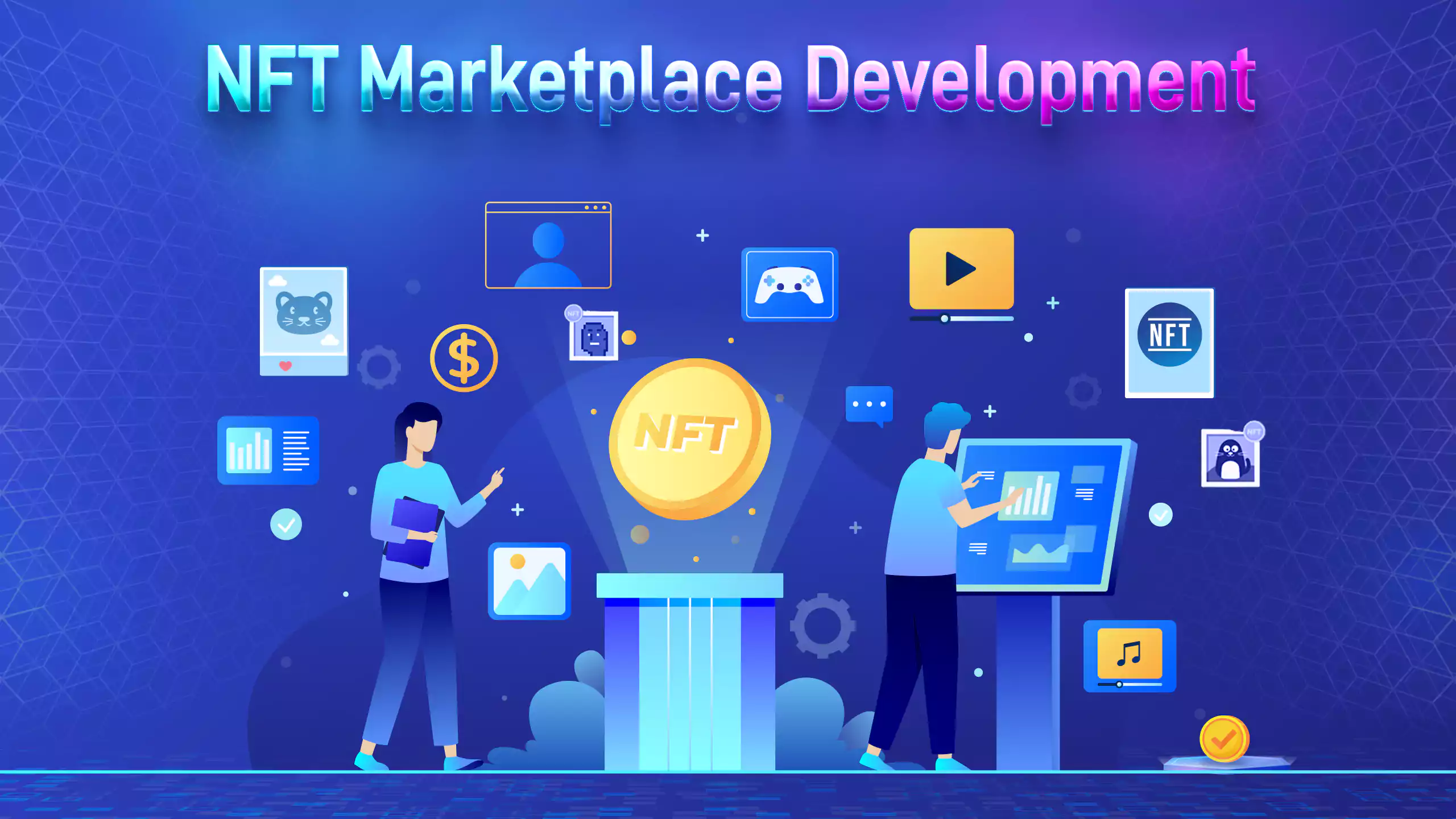2021 was the year NFTs rose to fame, flanked by a whopping 40 billion dollar market cap. Projects such as Bored Ape Yacht and Crypto Punks generated million in auction sales, with major brands like Nike Inc and Adidas AG entering the space for their share of the pie. It rose to become Google’s most searched word and Collins Dictionary’s word of the year. And as interest in NFTs spiked, it wasn’t surprising to find many layer-1 protocols aiming to challenge the Ethereum network’s supremacy over NFTs in the same year.
Solana is a super scalable PoS protocol with an early market rise and 8,500%+ growth rate in the last 12 months. Considering this and its fast-rising user base, native asset value, DeFi facilities, and token use cases, the Solana network gives Ethereum a run for its money. This is mainly as Ethereum’s scalability concerns, costly gas fees, and slow throughput have dented its attraction in no small ways.
This is what we know about both blockchain protocols, but what does it mean for their NFTs? This article compares Ethereum NFTs and Solana NFTs in terms of how they differ, and which is better.
Ethereum NFTs
Typically, Ethereum is a cryptocurrency, like bitcoin or litecoin. This makes it fungible, as it can be owned or replaced by another. However, the Ethereum blockchain also supports non-fungible tokens (NFTs), the direct opposite of fungible tokens. And today, hundreds of NFTs, or non-fungible tokens, exist on the Ethereum blockchain. An NFT standard called ERC-721 provides an API for smart contracts to exchange such tokens. However, a cost fee is collected from each NFT trade to process and authenticate a transaction.
Ethereum’s smart contracts that assign ownership and manage the transfer of NFTs are implemented using Solidity and Vyper programming languages. NFTs are minted through these smart contracts in a process that involves the following:
- Create a block
- Validate the information
- Record the information into the block
Additionally, each minted token has a unique identifier that directly links to an Ethereum address. The tokens aren’t interchangeable, and each token has its verifiable owner. The tokens are stored on Ethereum, and you can buy or sell them in any Ethereum-based marketplace.
Because of the safety and dependability of its transactions, primarily due to its PoW consensus system, most NFT projects are stored on the Ethereum blockchain. However, there is a pushback against this blockchain because of the rising carbon footprint of the modern world. These issues will be addressed with Ethereum 2.0, which is expected to transmit better security, more excellent safety, and efficient operations.
A 1000 transactions per second throughput will lead to a reduction in the amount of electricity and energy requirements for processing. Staking will be introduced, and the Beacon Chain will be integrated into Mainnet Ethereum. This may enhance the platform’s ability to do NFT transactions at a cheap cost and quickly. More so, Ethereum is introducing a new protocol in response to the growing number of NFT projects.
As per prices, NFTs have different creators and use cases. As such, their prices vary. However, Ethereum NFTs sell at four figures at least.
Solana NFTs
Solana is an open-source, webscale blockchain protocol that is fast, secure, and flexible. It provides a highly scalable and fully decentralized infrastructure to host dApps and marketplaces. Solana doesn’t only allow and create NFTs from smart contracts, and it is currently the second most prominent blockchain for NFTs.
In February 2022 alone, Solana recorded $149 million from 316,000 transactions at an average of $470 per transaction. Though Solana has yet to attain multimillion-dollar individual sales, there have been three NFT sales for over $1 million. What’s more, it gets better.
High scalability, speed, and throughput represent Solana’s most significant selling points. The system is impervious to censorship and provides NFT trade free and indefinitely. For a 400-millisecond block time and transactions costing less than one cent, or $0.01, Solana NFTs are becoming a must-have compared to its bigger rival. This is because these NFTs are cheap, they have upside potential.
You can buy your Solana NFTs through a Solana wallet like Phantom, whether on Magic Eden or Solanart. Check the collections on these exchanges for your pick and connect your wallet to the collection you want to buy. You may then check the “Collections” section of your Phantom wallet.
How are Solana NFTs Different From Ethereum NFTs
Every transaction recorded on the Ethereum blockchain using Proof-of-Work techniques increases transaction security. But this is at the expense of transaction costs, as it necessitates more processing power.
Solana employs a collection of Proof-of-Stake and proof-of-History approaches to verify transactions. This helps it deliver low-cost and faster NFTs transactions and not store NFTs internally.
The Ethereum network currently holds and mints the bulk of NFTs. In 2020, Solana saw an increase in sales due to the ease of transactions. Ethereum plans to minimize its carbon footprint by 99.95% in the future, making it an ideal system for NFTs that consume less power. They both have many different features. However, they record transactions in distinct ways. NFT collectors and artists must consider the platform’s dependability and security while paying as little transaction cost as possible.
Solana NFTs vs Ethereum NFTs: Which is Better?
Most people choose Ethereum NFTs, despite Solana’s high speeds and low fees, because of its lower environmental impact and lower prices. Because Ethereum has been around for a more extended period, it is regarded as the more reliable network.
New crypto technologies come with many dangers, ranging from price volatility to security lapses. Solana is no different. Over the past few months, congestion, hacking, and DoS assaults on the Solana network have instilled skepticism about its capacity to supplant Ethereum. Although it offers solutions to some of Ethereum’s most severe sustainability and accessibility concerns, Ethereum remains the dominant blockchain for NFTs.
The issues that Solana has subsequently confronted are identical to those that Ethereum faced in its formative days. These include hackers exploiting a bug in Solana’s interface with Wormhole, a cross-chain bridge that recently stole $320 million in wrapped in Ethereum from a wallet belonging to a victim in China.
In the end, both NFTs have their pros and cons. Solana NFT transactions are faster and more affordable, and NFTs are cheaper than Ethereum NFTs. However, it’s still relatively new and would need to prove itself, especially in terms of security and stability. Likewise, Ethereum NFTs are built on a safer and more dependable Ethereum protocol, while grappling with high gas fees and slow transaction processing and costs.
Conclusion
Ethereum and Solana are continually improving to facilitate and provide a quick, safe, moderate, and environment-conscious platform for NFT trading in the fight to develop the finest blockchain. A few years from now, though, we might be able to tell which NFT is better.






